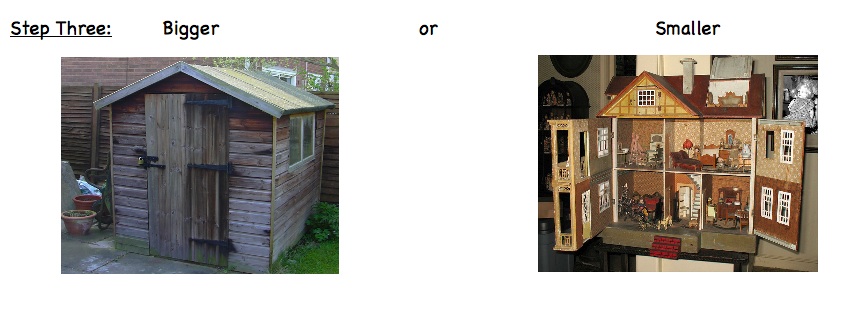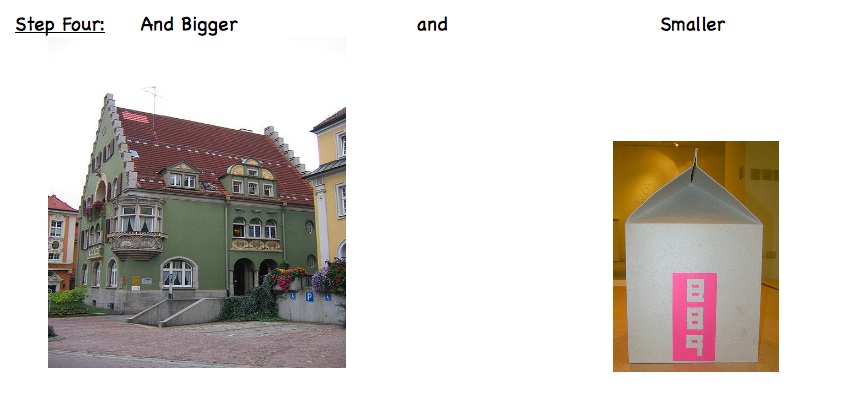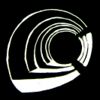LV LearningSequence
Developing a Learning Sequence to Extend Understanding
If a learner has been born Blind or with severe Low Vision it can be more difficult for them to make connections that rely on symbolic representation. The example explored here is that a building block could be used as a model for a house. The building block, is solid, it has a shape which bears little resemblance to the tactile and auditory experience of being either inside or outside a house. The visual relationship is easier to understand and sighted children will have had numerous opportunities to develop this connection through shared exploration with other children, from diagrams in books etc. For a child who is Blind or who has Low Vision the connection may need to be constructed through a series of systematic and sequential steps, if the model is ever to be a meaningful one.

When you are developing the sequence from the central reference point you may need to expand the concept/idea in both directions of scale.

The Final step may actually involve a series of progressions. The dolls house moving in the smaller direction introduces the idea of multiple rooms. This model works well for representing most real houses. However it also introduces more than one floor. It may be necessary to find a house with more than one floor if the student has no experience of this. What is important is that the incremental steps are a suitable size to meet the needs of each child. Some Blind and Low Vision students will have mastered this prior to entering school. However others may not have experienced the steps broken down into small enough increments to generalize their understanding. For these students the use of a block to represent a house may need some work.

Follow the link to return to the previous page Geometry & Measurement

